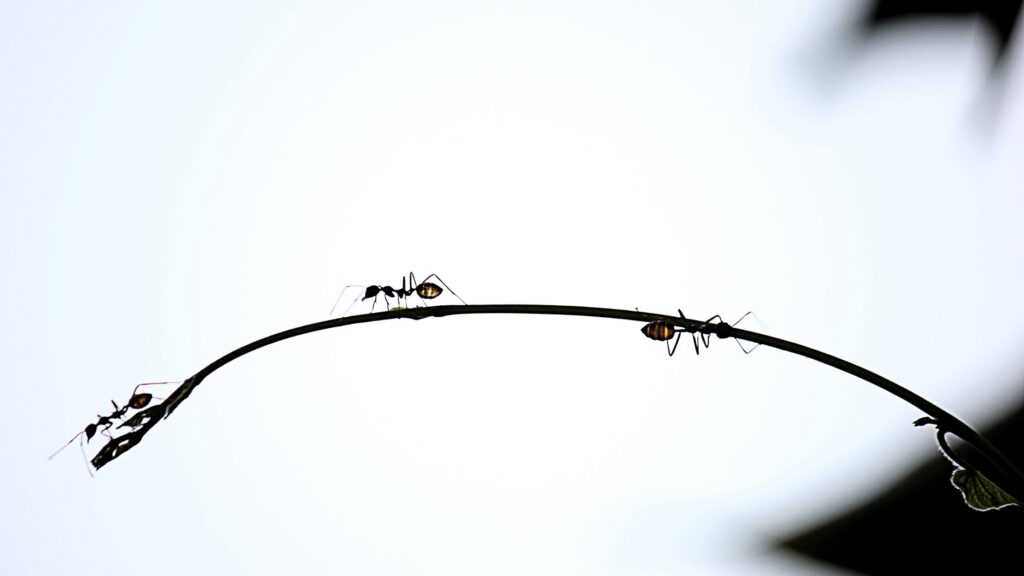What I learned from Apollodorus of Damascus during my studies at the Sorbonne — and how it shapes the way I build creative brands today.
A Forgotten Genius (That Shouldn’t Be)
I first discovered Apollodorus of Damascus while studying Art History at the Sorbonne.
He wasn’t the headline name in the curriculum, but his work left a mark on me — quiet brilliance, architectural precision, strategic thinking far ahead of his time.
From Stone to Strategy
Apollodorus wasn’t just building monuments. He was building systems of influence.
From the Forum of Trajan to the Trajan’s Column, his work did more than impress — it guided.
He structured how people moved, how they felt, and what they understood about Rome’s power.
He used architecture as narrative, and scale as signal.
Today, I do the same — with different tools.
When I build a brand strategy for an artist, gallery, or design studio, I think like Apollodorus:
- How will people move through this brand?
- What visual cues will make them stop?
- What structure helps them feel confidence, emotion, desire?
- What rhythm creates memorability?
Whether it’s an exhibition launch, a collector-focused website, or a newsletter strategy — I’m building journeys. Not just marketing.
Designing Presence, Not Just Visibility
One thing I admire most in Apollodorus is his ability to balance clarity and mystery.
He didn’t over-communicate. He curated.
The Forum of Trajan wasn’t a random collection of forms — it was a stage for empire. Every line and space meant something.
Likewise, a strong brand isn’t just visible. It’s readable. It has hierarchy, tempo, tension, silence.
When I craft a digital experience or content plan, I don’t try to be everywhere.
I focus on where we place the weight, where we create pause, and what we let remain unsaid.
Like Apollodorus, I believe that what you don’t show is part of what gives your presence power.
What My Tech Past (and AI Practice) Adds
Before working in art and design, I spent a decade in tech and growth marketing — fast-paced, analytical, and obsessed with scalable systems.
That background taught me to:
- Test fast
- Measure with precision
- Automate what doesn’t need to be manual
- And always ask: how do we convert attention into action?
Today, I integrate Artificial Intelligence into my work — not as a gimmick, but to amplify what matters.
AI helps me analyze audience behavior, personalize communication flows, and scale my support — while keeping the creative direction deeply human.
The result? My clients get the focus of one strategist, backed by the power of an entire silent, efficient team.
Apollodorus had engineers. I have bots.
But the role is the same: turning vision into structure, and structure into emotion.
What We Build Shapes What We Become
Whether you’re curating a show, launching a collection, or expanding a gallery’s reach — you’re not just sharing work. You’re constructing an experience.
One that communicates value without screaming.
One that invites trust, not urgency.
Apollodorus of Damascus taught me that.
And in a way, he still does.
🖋 Want to build your own strategic architecture?
Let’s design a brand that whispers with clarity — and holds its ground for years to come.

